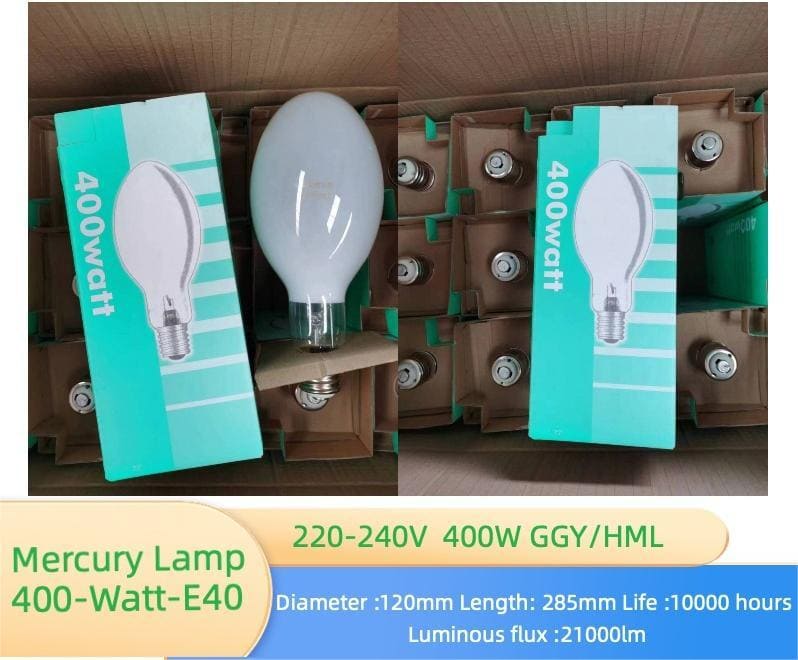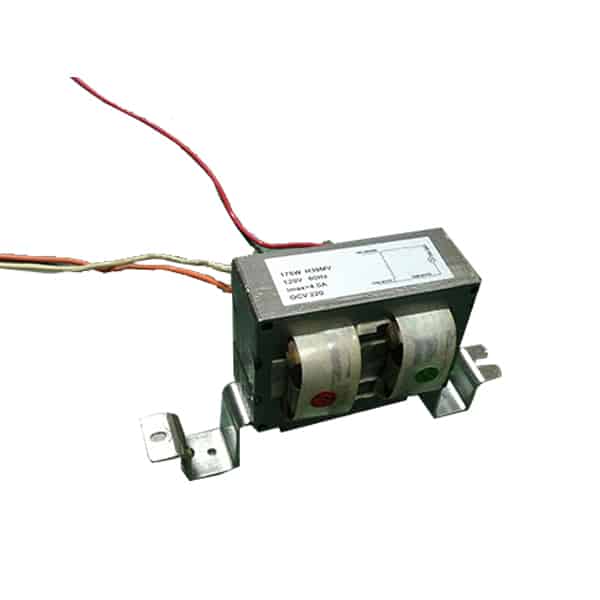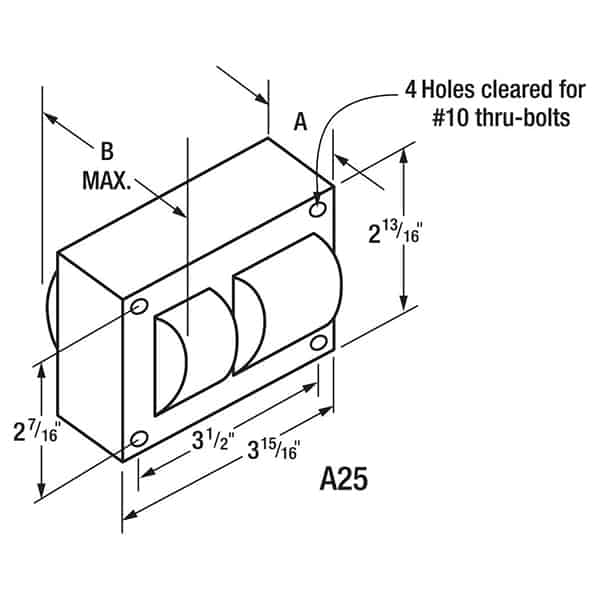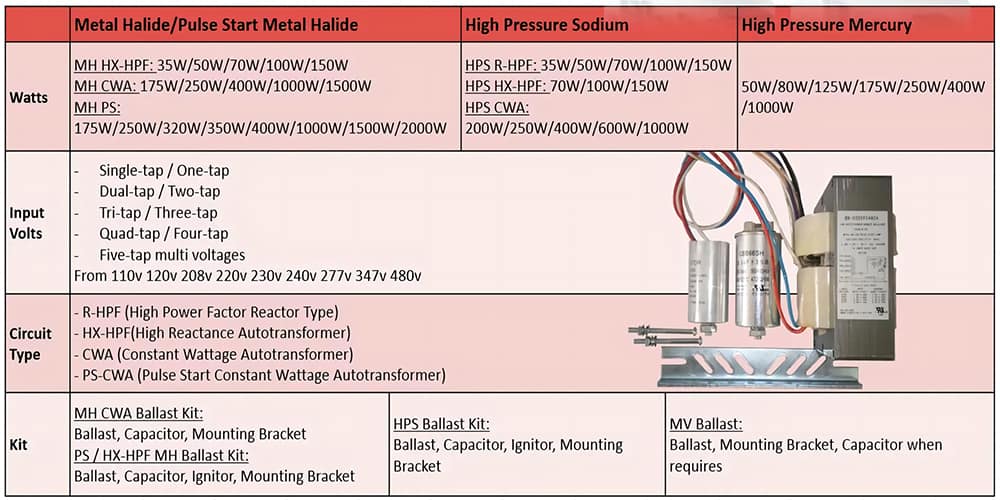One of the things that confuses people is the use of a tungsten filament as a ballast for a mercury vapor bulb. People wonder why you use tungsten, which is typically in incandescent bulbs, as a light ballast in some lighting systems, especially with mercury vapor bulbs. I’ll explain why this is the case and why the properties of a tungsten filament line up with what a mercury vapor bulb needs.
Understanding the Working Principles of Tungsten Filament and Mercury Vapor Bulbs
Tungsten Filament Working Principle
Tungsten filaments are most commonly found in incandescent light bulbs, where they serve as the light-producing element. When electricity passes through the filament, it heats up due to its resistance, eventually becoming hot enough to emit visible light. This heating process happens because tungsten has a high melting point and a high resistance that increases as its temperature rises. The key feature here is that tungsten filaments regulate the flow of current by adjusting their resistance according to the temperature, making them suitable for various applications beyond incandescent lighting.
Mercury Vapor Bulb Working Principle
Mercury vapor bulbs, on the other hand, function through a different mechanism. These bulbs rely on an electric arc passing through vaporized mercury to produce intense light. When a mercury vapor bulb is first turned on, it requires a high voltage to establish the arc. Once the arc is established, the pressure inside the bulb increases, and the light intensifies. However, this requires precise control of current to avoid damaging the bulb. This is where the ballast comes into play. A ballast limits the current flowing to the bulb, ensuring stable operation and preventing overload.
Why Does Tungsten Filament Work as a Ballast for Mercury Vapor Bulbs?
Tungsten Filament’s Resistance Characteristics
One of the key reasons tungsten filament can ballast a mercury vapor bulb lies in its temperature-dependent resistance. At low temperatures, tungsten has relatively low resistance, allowing a higher initial current to flow through and helping the mercury vapor bulb start by providing the necessary voltage to establish the arc. As the filament heats up, its resistance increases significantly, reducing the current flow. This rise in resistance is crucial for regulating the electrical current after the mercury vapor bulb has started, ensuring that the current stays within safe limits and does not damage the bulb.
This dynamic resistance behavior is what allows tungsten to act as a makeshift ballast for low-wattage mercury vapor bulbs. It helps manage the initial inrush of current needed for the bulb to start, and then gradually reduces the current as the system stabilizes.
Tungsten Filament as a Ballast
A ballast’s primary job is to control the current once the arc is established in a mercury vapor bulb. Tungsten’s ability to increase its resistance as it heats up mimics the function of a traditional ballast. The filament’s self-regulating properties make it a natural fit for controlling the current flowing into the bulb. In this role, the tungsten filament effectively reduces the risk of overloading the system while maintaining enough current to keep the mercury vapor bulb running efficiently.
However, it’s important to note that this arrangement is typically used in lower-wattage mercury vapor bulbs, where the demands for current regulation are not as strict as in higher-wattage systems. For high-powered applications, other types of ballasts, such as magnetic or electronic ballasts, are more commonly used due to their higher efficiency and more precise control.
Practical Applications of Tungsten Filament Ballast
Application in Low-Wattage Bulbs
Tungsten filaments are most often used as ballasts in low-wattage mercury vapor lighting systems. These systems, commonly found in older or cost-sensitive lighting applications, leverage the natural current-limiting properties of tungsten to control the operation of the mercury vapor bulbs. In such setups, using a tungsten filament as a ballast offers a cost-effective and simple solution, eliminating the need for more complex magnetic or electronic ballasts.
This method is also popular in situations where lighting systems need to be inexpensive and low maintenance. Tungsten filaments provide a reliable, albeit less efficient, way to manage the electrical needs of low-wattage mercury vapor bulbs without requiring additional components.
Common Issues and Limitations
While tungsten filament ballasts work well in certain scenarios, they do come with limitations. For instance, this type of ballast is not suitable for high-wattage mercury vapor bulbs, as it cannot handle the higher currents required without risking overheating or failure. Additionally, tungsten filaments can degrade over time, especially in environments where they are frequently turned on and off, which can lead to higher long-term maintenance costs.
Compared to modern alternatives like magnetic or electronic ballasts, tungsten filament ballasts are less energy-efficient and do not provide the same level of current control, making them less suitable for newer lighting installations. As such, they are typically found in older systems that prioritize simplicity and lower upfront costs.
Other Common Types of Mercury Vapor Bulb Ballasts
Magnetic Ballasts
Magnetic ballasts are a more traditional form of current regulation for mercury vapor bulbs. They consist of a simple inductor that regulates the current by creating a magnetic field as electricity flows through it. Magnetic ballasts are more robust than tungsten filament ballasts and can handle higher wattages, making them a common choice for larger lighting systems, such as streetlights or industrial lighting applications.
However, magnetic ballasts are bulkier and less energy-efficient than their electronic counterparts. They also tend to produce a humming noise and can generate significant heat, which may not be desirable in all settings.
Electronic Ballasts
Electronic ballasts represent the modern evolution of lighting current regulation. These devices use solid-state components to control the flow of electricity with high precision. Unlike tungsten filament or magnetic ballasts, electronic ballasts are lightweight, energy-efficient, and provide more precise control over the current supplied to the mercury vapor bulb.
Electronic ballasts are particularly advantageous in applications where energy savings and longevity are priorities. They reduce the overall energy consumption of the system, minimize heat generation, and extend the lifespan of the bulb by providing consistent power regulation. This makes them the preferred choice for most new lighting installations.
Final Words:
A tungsten filament can ballast a mercury vapor bulb because of its resistance properties, which allow it to control the flow of electricity to the bulb. It is an option for certain lower wattage applications, although it is not as efficient as traditional ballasts. While tungsten filament ballasts are still used in some older systems, modern lighting uses more efficient magnetic or electronic ballasts for better energy savings and more precise control of the current.





